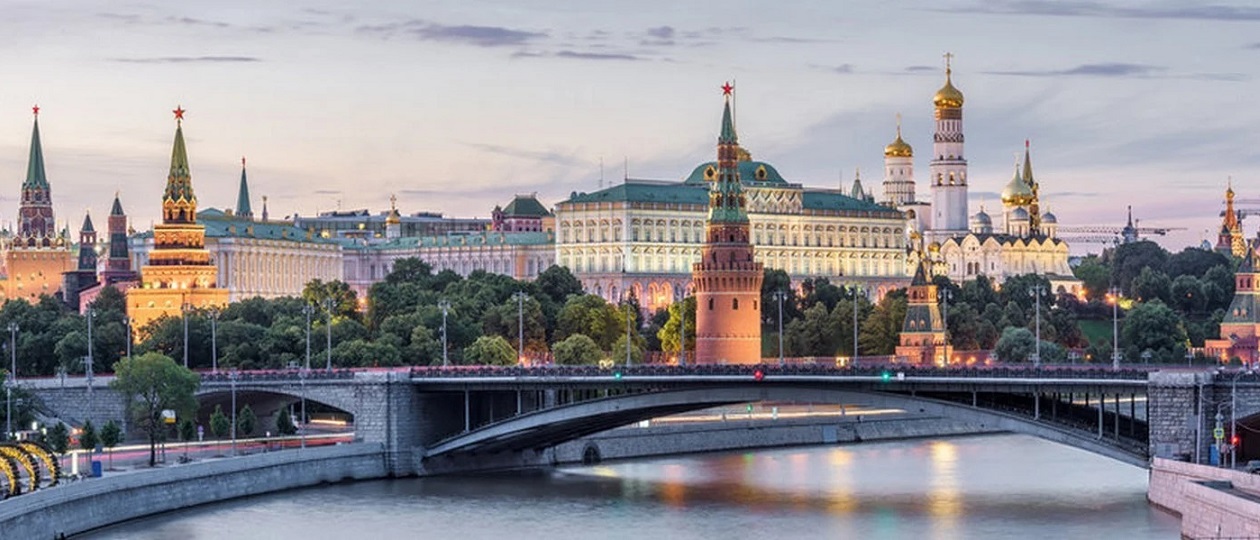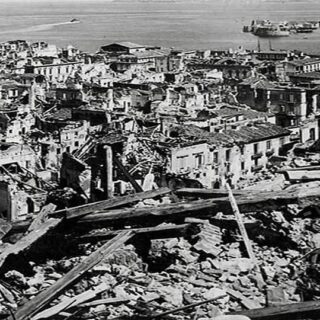
In line with political changes that call into question cultural and economic globalization, architects and clients in Russia are increasingly turning to the idea of a national style.
The concept of Russian style refers us to national and even ethnic affiliation. It seems to me that in this way we find ourselves again in the 19th century, in the era of the formation of nations and national states, and begin to associate style and architecture with such extremely ephemeral substances as blood and soil.
Does architecture depend on genetic characteristics, on an elusive national culture, or are there more obvious factors such as geography, economics and politics?
From the point of view of practice and practicing architects, we find ourselves in the era of designing in styles, when it was possible to “dress” a building in different “costumes”. The use of a particular style depended on the purpose of the building (for churches – Russian-Byzantine, for civil buildings — Classicism), on the budget from which the construction was financed (a state building — in Classicism, and a private building — in Gothic). Over the past century and a half, architecture has moved far from this understanding of style.
Avant-garde shifted attention from style to method, and postmodernism — from style to the context in which the architecture is located. The star architecture of the 90s and 2000s shifted attention to the personality of the architect, for whom style is an attribute of creative individuality, and not a place or era.
Style can be defined through very different parameters: it is no coincidence that today we often talk about identity, and not about style — what we associate ourselves and our own creativity with. As an example, I can cite a study conducted and exhibited at the ARCH MOSCOW exhibition by students of the MARCH Architectural School under the guidance of Ilya Mukosey and MARCH teachers: it was called “New Moscow Style”.
Here, the style is connected with the region, with geography. The factors that influenced it include climate, available materials, landscape, and special conditions of the region. In this sense, the Russian style can hardly exist as a style for all of Russia, because the Vologda style will be very different from the Krasnodar and Vladivostok styles, for example, because there is wood in some places and not in others.
Style can be defined by a period of time: the style of the 2000s, 1920s — refer us to the economic and political conditions of a certain era, which is no longer tied to either nationality or geography, but tied to the peculiarities of the economy, for example, the appearance or disappearance of a certain type of customer. So, the study examined the period from 2000 to 2025.
The style can be Imperial, Stalin, Luzhkov, Sobyanin that is, tied to cultural, economic and urban development policy, to the request of this or that government. And, again, this is in no way connected with our ethnicity.
And, finally, the style can be a commercial product for any budget and any taste: if you want — minimalism, if you want — the currently popular emo-tech (emotional techno). There is also eco — light veneer and lots of indoor plants. Any historical style or stylization is a product that finds its consumer and helps the consumer choose from a huge number of goods offered by the market economy.
As soon as we leave the scientific sphere, where we analyze existing architecture, and try to make style a guide to action, here in our multinational country we inevitably encounter questions that we can hardly ignore. For example: what peoples and nationalities have the right to a national style? Where does the border of style lie: is it the administrative border of a subject of the Federation or the nationality in the passport? Or the border of the compact settlement of a particular nationality?
Style can be determined not only and not so much through nationality, but through many other style-forming factors. Therefore, the idea of style, which ties it to something Russian as national or ethnic, raises doubts.





